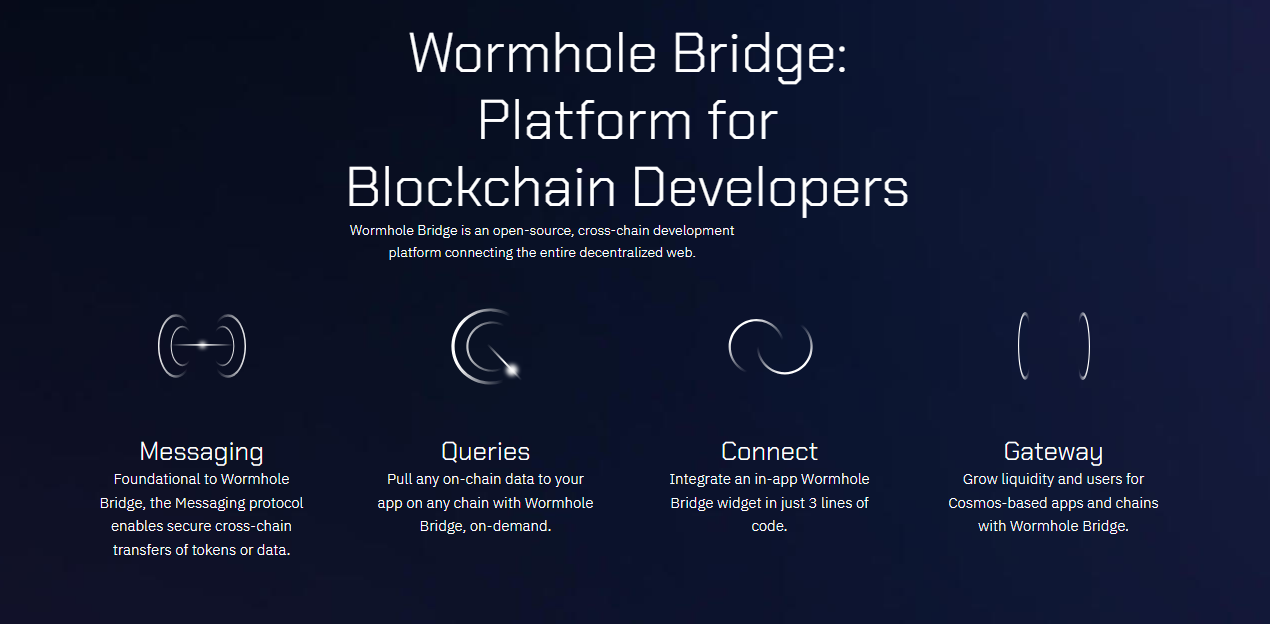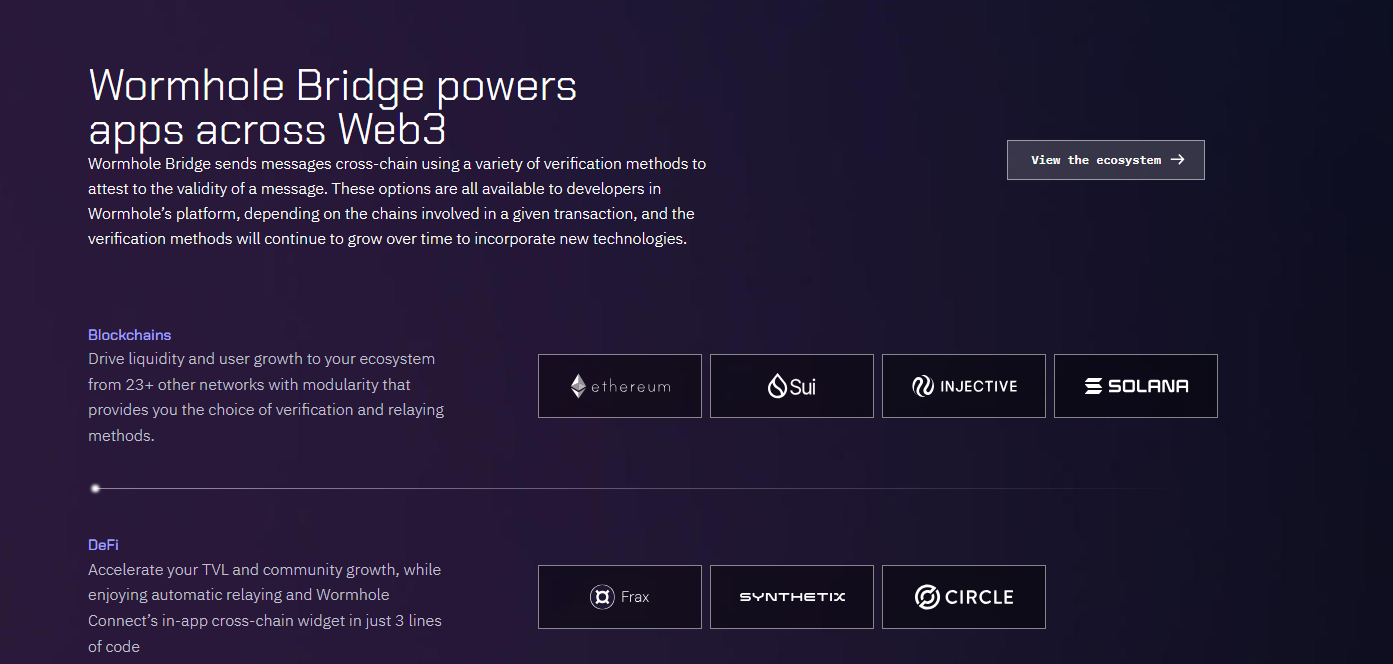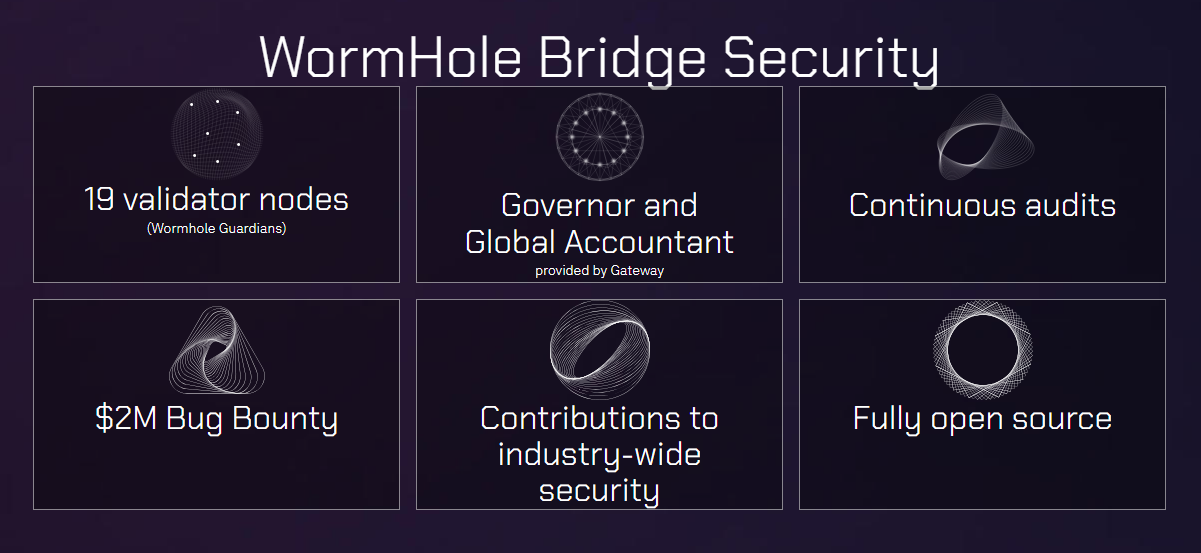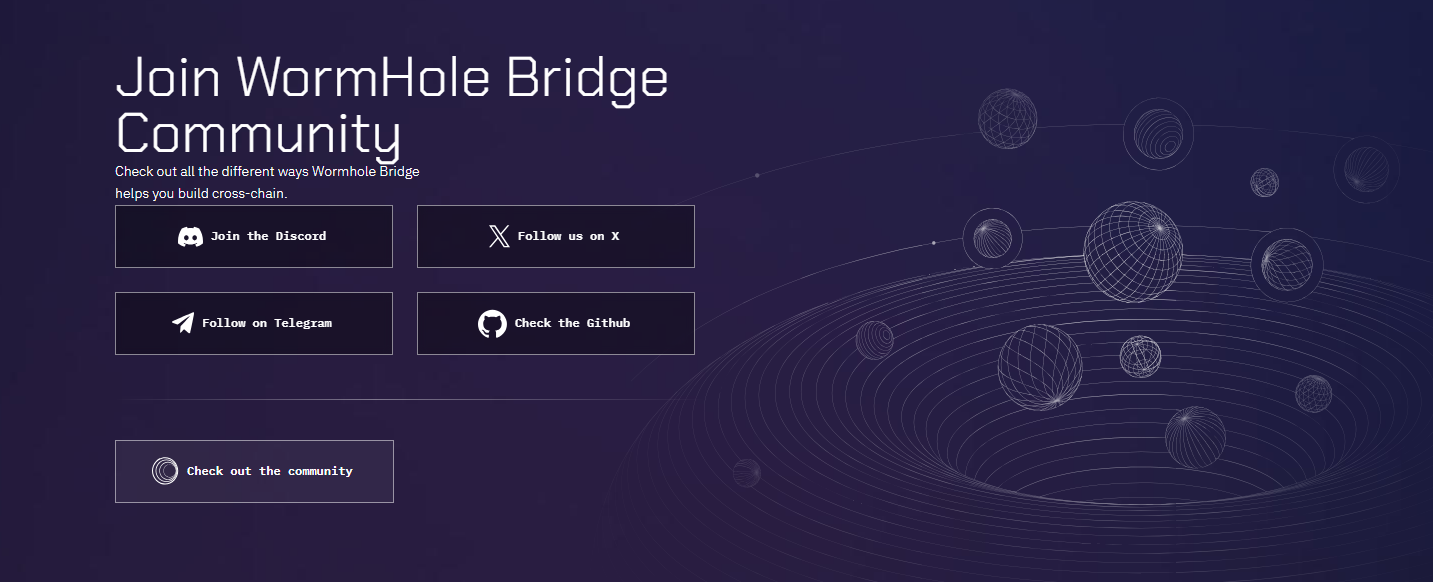Wormhole Bridge: The Future of Decentralized Perpetual Trading
Introduction Wormhole Bridge:
Wormhole Bridge is a decentralized, high-performance interoperability protocol designed to enable seamless transfers of tokens, NFTs, and arbitrary data across multiple blockchains. By leveraging a network of decentralized guardians and a trust-minimized lock-and-mint model, Wormhole Bridge connects major ecosystems—such as Ethereum, Solana, BSC, Avalanche, and Polygon—providing developers and users with a reliable gateway for multi-chain applications.
What is Wormhole Bridge?
Wormhole Bridge uses a “lock-and-mint” mechanism: when you initiate a transfer, your asset is locked or burned on the source chain, and once a quorum of guardians verifies the event, an equivalent wrapped asset is minted on the destination chain. This process maintains a 1:1 peg without requiring centralized custody.
- ✅ Decentralized guardian network
- ✅ Supports >15 chains including Ethereum, Solana, Avalanche, Polygon
- ✅ Token, NFT & data transfers
- ✅ Trust-minimized and open-source
Wormhole Bridge Key Features:
- Multi-Chain Support: Bridge ERC-20, SPL, BEP-20 tokens and ERC-721/1155 NFTs across all major networks.
- Guardian Quorum: Requires only a configurable majority of guardians to finalize transfers.
- Fast Finality: Typical cross-chain transfer completes in 1–3 minutes.
- Arbitrary Messaging: Send custom payloads for cross-chain governance and oracles.
- Security: Open-source contracts audited by leading firms; bug bounty program.
Step-by-Step Guide: How to Use Wormhole Bridge
- Step 1 – Visit: Navigate to Wormhole Bridge in your browser.
- Step 2 – Connect Your Wallet: Use MetaMask, Phantom, or Trust Wallet to connect securely.
- Step 3 – Select Chains: Choose the source chain (e.g., Ethereum) and target chain (e.g., Solana).
- Step 4 – Choose Asset & Amount: Select a token or NFT and enter the quantity or token ID.
- Step 5 – Approve & Lock/Burn: Approve the bridge contract to handle your asset, then initiate the lock or burn transaction.
- Step 6 – Wait for Guardian VAA: Guardians sign and publish a Verified Action Approval (VAA), typically in 1–3 minutes.
- Step 7 – Redeem on Target Chain: Switch to the “Redeem” tab, provide the VAA, and confirm the mint or release transaction.
- Step 8 – Verify Receipt: Check your wallet on the destination chain for the wrapped token or bridged NFT.
Core Capabilities of Wormhole Bridge
- Lock-and-Mint Architecture: Ensures 1:1 peg between original and wrapped assets.
- Decentralized Guardians: Distributed node operators sign VAAs to authorize transfers.
- NFT Metadata Preservation: Serializes and restores full metadata across chains.
- Cross-Chain Messaging: Enables dApps to send arbitrary data payloads between smart contracts.
- Developer SDKs: JavaScript, TypeScript, and REST APIs for seamless integration.
Why Use Wormhole Bridge?
- Broad Interoperability: Connects more chains than most bridges.
- Trust-Minimized: No centralized custodian; reliant on guardian consensus.
- Rapid Transfers: Completion in minutes versus hours for some alternatives.
- Versatile Use Cases: DeFi, NFTs, cross-chain governance, and oracles.
- Open & Transparent: Fully audited codebase with active community governance.
Security & Governance:
Wormhole Bridge contracts are audited by CertiK and Trail of Bits, with a bug bounty program rewarding up to \$100,000. Guardians stake tokens and face slashing for malicious behavior. Critical upgrades and parameter changes follow a time-locked multisig governance process to ensure community review.
Supported Assets:
Wormhole Bridge supports:
- Fungible Tokens: ERC-20, SPL, BEP-20, and equivalents.
- NFTs: ERC-721, ERC-1155, and Metaplex with full metadata integrity.
- Custom Data Payloads: Up to byte-size limits for cross-chain messaging.
Developer Experience:
Integrate Wormhole via SDKs and CLI tools. Use JavaScript/TypeScript libraries for lock, fetchVAA, and redeem operations. Automate workflows with REST endpoints and monitor guardian health and VAA status in real-time.
Pro Tip:
FAQ
- Q1: How is the asset peg maintained?
Each wrapped asset is backed 1:1 by a locked or burned original token/NFT; VAAs ensure minting only after guardian verification. - Q2: What if guardians misbehave?
Wormhole requires only a quorum of guardians; misbehaving nodes face slashing and removal via governance. - Q3: Are there extra fees?
No—users pay only native chain gas fees; Wormhole charges no additional protocol fee. - Q4: Can I send data?
Yes—use Wormhole Messaging to send arbitrary payloads (JSON/binary) for cross-chain dApps. - Q5: Which wallets are supported?
MetaMask, Phantom, Trust Wallet, Solflare, and any wallet compatible with the source/target chain.
Conclusion:
Wormhole Bridge redefines cross-chain interoperability with its decentralized guardian network, broad chain support, and versatile feature set. Whether you’re bridging tokens, NFTs, or data, Wormhole offers a fast, secure, and transparent solution for building and interacting with a multi-chain ecosystem. Explore the docs on GitHub and start bridging today!
.png)



